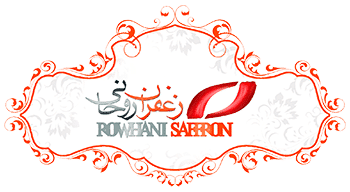The Saffron Supplementary Fund is set up
Ali Hosseini, a member of the Saffron National Council, added: “The capital of this fund is used to finance export earnings and to boost the production and market of saffron.” “Improving processing, increasing production quality, increasing productivity, creating new farms, and training farmers from saffron funds,” he said. Hosseini also announced a new plan at the National Saffron Council of Iran, according to which the export of saffron is allowed only to those who are residents. He said that this scheme would help to prevent the presence of profitable people in the market who have only turned their attention to the export of saffron. Hosseini is the result of the presence of these profitable individuals as the destruction of the global market for saffron in Iran. Recalling that in the new year we saw a recovery in the export market for saffron, adding: “Since October, due to a decrease in government intervention in the market for saffron and its transfer to the private sector, we saw market stability and the price of saffron, and this was a good result, including an increase Exports to us. Hosseini added: “In the stable market, the seller and the buyer are planning to buy and sell without fear of a sudden increase in prices, which leads to a downturn. He added that the export of saffron by the end of January was more than 211 tons, which is a good news for the future of the country’s export market. According to Hosseini, this year’s exports showed that we can be the largest exporter of saffron, as the world’s largest saffron producer in the world. The member of the Saffron National Council said: “No country is currently able to record such a record in the world because other countries produce less than 10% of the zucchini.” Ali Hosseini, in the end, maintained the success of the export of saffron in the year 98, provided that some did not buy expensive drums, and the government did not have an uninterrupted intervention in the saffron market.







Get Social